"Ittefaq, Itmad, Qurbani"
“No real change in history has ever been achieved by discussions”
Netaji Subhash Chandra Bose
Indian National Army, or I.N.A., is one of the most important and glorious chapters in India’s history of freedom movements. It was founded in the year of 1942 by Netaji Subhash Chandra Bose. The mastermind of the most heroic and epic battle against the British empire in India that started the day one Afghan insurance agent named Ziauddin left the house at 38/2 Elgin Road in Kolkata on a wintry January night and reached the mountain regions of Afghanistan. Then Ziauddin reached Rome via Moscow with the disguised name of an Italian diplomat Orlando Mazzota.
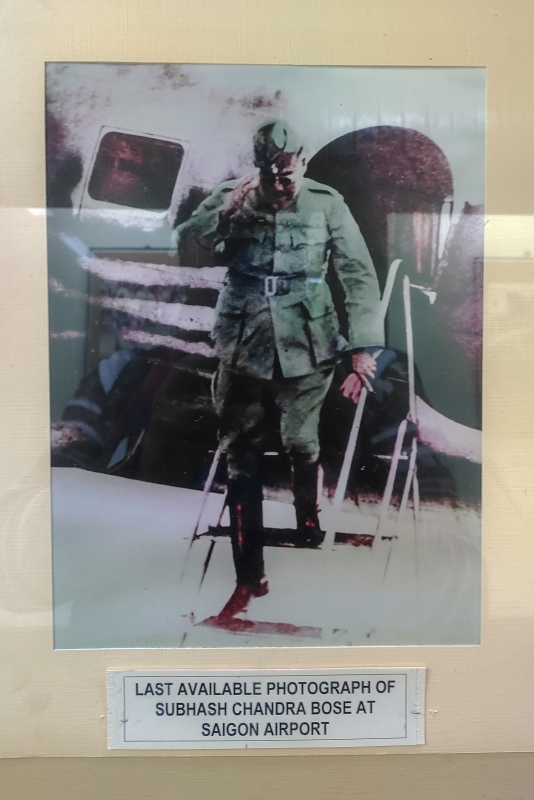
After several meetings with people like Mussolini and Hitler, he finally reached Singapore completing a gruelling 90-day submarine journey. He took charge of the Indian Independence League led by Rashbehari Bose and consisting of Indian POWs held by the Japanese Army during their campaign at Malay, Burma and Singapore. Netaji resolved the initial internal conflicts between the League and the Japanese Army and renamed it Indian National Army. Then came the beginning of formations and fundraising of INA and the ultimate campaign of “Dilli Chalo” by 65000 soldiers of INA under the leadership of Netaji. After INA arrived in southeast Asia in 1943, Netaji declared the army as the Arzi-Hukumat-e-Azad-Hind, the Provisional Government of Free India.
“It is blood alone that can pay the price of freedom. Give me blood and I will give you freedom.”
The next two years were the most significant time when INA, under the command of Netaji Subhash Chandra Bose, continued a full-fledged war against the British Army with the help of the Japanese Army that compelled the British invaders to free India very soon. Netaji disappeared on 18th August 1945, but he ensured that his legacy and his INA would ensure the retrieval of Brishers from India even before completing two subsequent years.
“Never lose your faith in the destiny of India. There is no power on Earth which can keep India in bondage. India will be free and, that too, soon.”
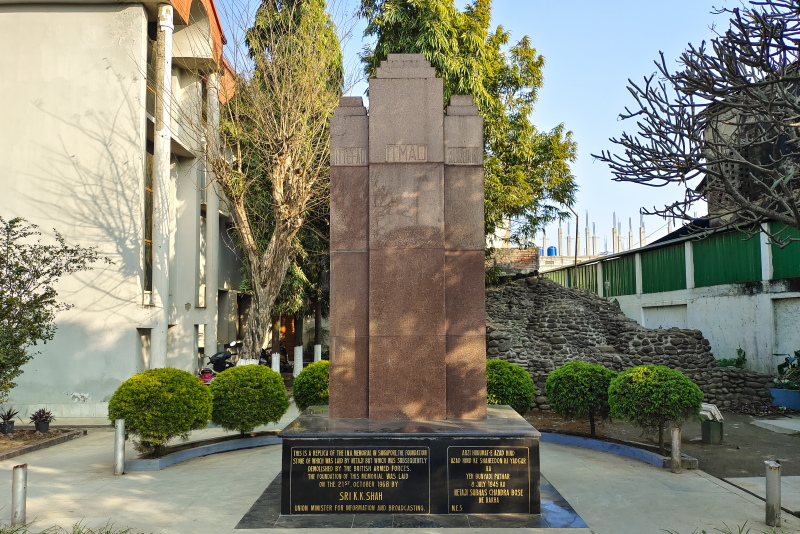
Table of Contents
The Legacy of INA in Independent India
Leave aside the Red Fort trial of three INA army men; Captain Shah Nawaz Khan, Captain P K Sehgal and Lieut G S Dhillon; the most crucial war trial after the Sepoy Mutiny in 1857; if you need to find one place in the soil of today’s India that is associated with INA’s name, you need to go to Manipur, a small state in north-east India. A battlefield where the British Army faced a three-prong attack in March 1944 by INA-Jap Army, Japanese Division 15, 31 and 33, along with the Subhash Brigade of INA.
“Freedom is not given – it is taken.”
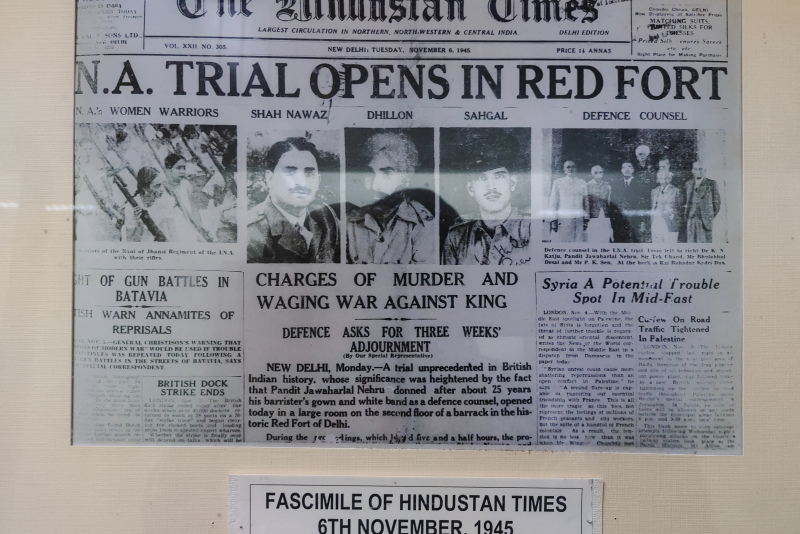
In 2nd week of April, the INA, along with the Japanese Army, took control of the Bishnupur area south of Imphal, the capital of Manipur. Finally, on the eve of 14th April (Vaisakhi Day) 1944 at 5:00 pm, Col. Saukat Ali Malik, the leader of Bahadur Brigade (Intelligence Wing of INA), along with the local Manipuri freedom fighters, hoisted the first-ever tricolour flag on the soil of mainland India in Moirang (the tricolour was hoisted in Swaraj and Shaheed Dwip, today’s Andaman and Nicobar islands, prior to that).
“The Indian National Army advanced through blood bath and liberated Moirang. The National Flag was hoisted on April 14, 1944, by Col. Malik, and the advance Head Quarter of the liberated Army was established at the residence of Shri Nilmani Sing at Moirang, and its surrounding approaches were yet wet with the blood of martyrs.
– Debnath Das, the secretary of the Indian Independence League founded by Rashbehari Bose and the colleague of Netaji Subhash Chandra Bose on the battlefield.
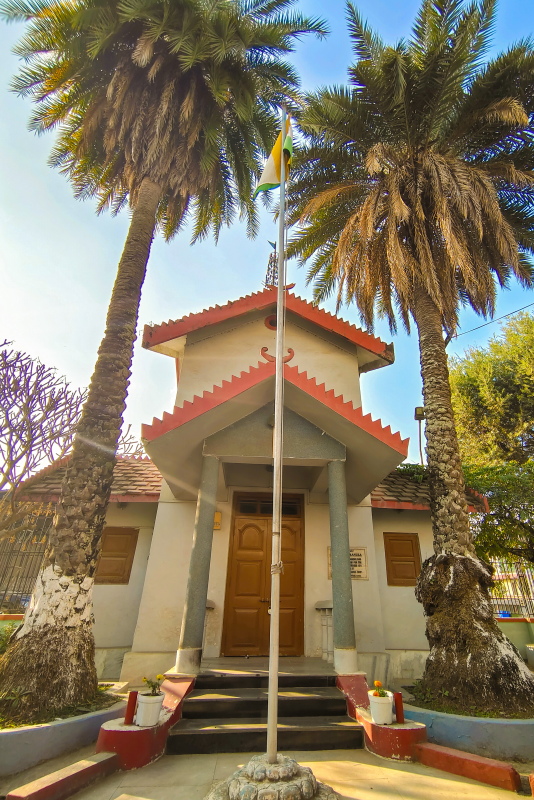
In the following three months, the southern part of Manipur from Ningthoukhong was under the control of INA, with its headquarters at Moirang for three Moitang until July 15, 1944. The headquarters building was actually a residential property. The building belonged to the late H. Thambaljao Sing father of H. Nilmani Singh, a local freedom fighter. The building still stands tall today. The building and its surrounding areas were declared enemy zone by the British.
The INA War Memorial Complex, Moirang
Once the heroes of INA reached India as POWs, their stories of bravery and sacrifice spread like fire as soon as the famous Red Fort Trial started. Independence was not far, and finally, it came on 15th August 1947. But the unity, courage and sacrifice shown by INA and its commander-in-chief were very late to be acknowledged.
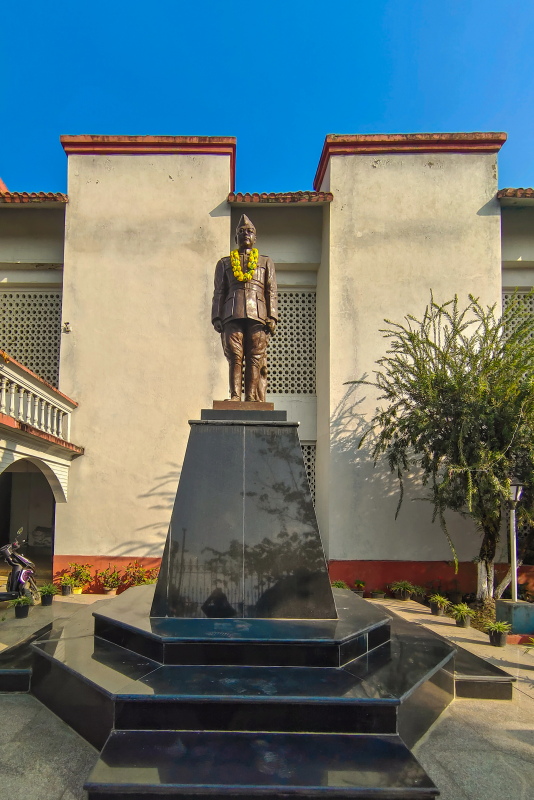
The initial demand of the public, as well as from S.A.Iyer, minister for Publicity and Propaganda in Subhas Chandra Bose’s Azad Hind Government between 1943 and 1945, for a memorial of INA and a statue of Netaji to be erected inside and outside Red Fort were nor heard. Although our first prime-minister, Jawaharlal Nehru eventually admitted the need for a befitting memorial constructed as a mark of gratitude to the departed heroes of the INA who sacrificed their lives for the country’s freedom under the inspiring leadership of Netaji.
“Men, money and materials cannot by themselves bring victory or freedom. We must have the motive-power that will inspire us to brave deeds and heroic exploits.”

The Government of India decided to erect a memorial at Moirang, where INA hoisted the tricolour flag with the springing tiger at the centre. On 25th November 1955, Mr U N Dhebar, then Congress President, laid the foundation stone. Today’s INA Memorial Complex is a testimony to the 25000 soldiers of INA who lost their lives to free India from the British rulers. The INA Memorial is a replica of the original memorial constructed at the Singapore seafront by Col Cyril John Stracey in the order of Netaji, inaugurated by General Kiani and two weeks later blown up by Louis Mountbatten.
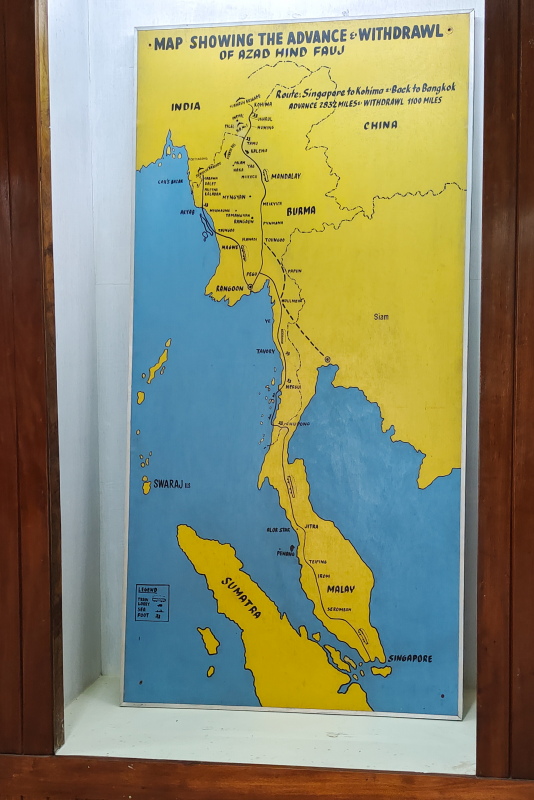
The then prime minister Indira Gandhi unveiled this memorial on 23rd September 1969. The monument is an aggregate of three erected stone slabs signifying the three INA principles – Ittefaq, Itmad and Kurbani (Unity, Faith and Sacrifice). On the left side of this memorial is the sacred Moirang Kangla, a traditional structure of a temple constructed at the same place where Col SA Malik hoisted the flag on 14th April 1944 and where the kings of Moirang were once coronated.
“Life loses half its interest if there is no struggle-if there are no risks to be taken.”
The INA memorial complex consists of three parts. Once you enter through the main gate, opposite car parking, you will face a life-size Netaji statue in military uniform in the open air, which was donated by the West Bengal Government and inaugurated by the then President of India V.V.Giri on 21st October 1972. On the left is the INA memorial and Moirang Kangla, along with a two-storied building with an auditorium and a library. On the right side is a souvenir shop and the INA War Museum.
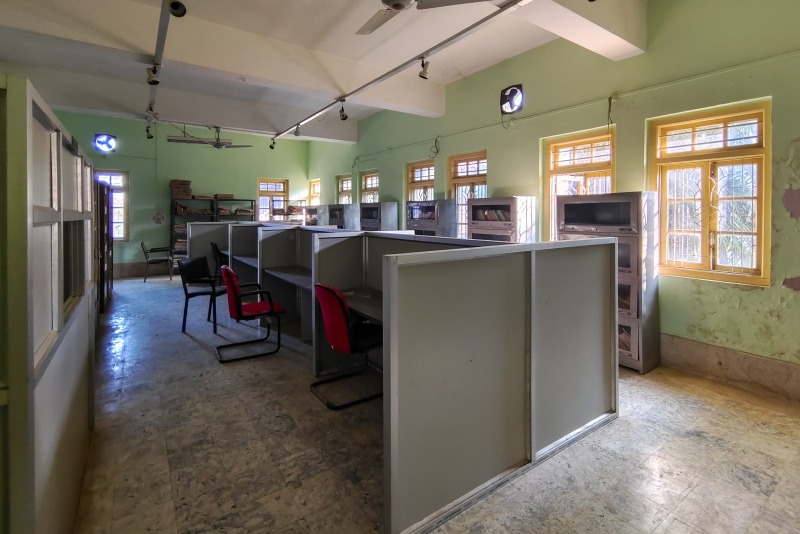
The INA War Museum has photographs, maps and artefacts that portray the courage and valour of INA and Netaji. The rare black and white and colour photographs of Netaji, INA generals and colonels and INA rallies are the main attraction of the museum. There is a life-size colour portrait of Netaji, which also attracts visitors. The charts, maps showing Netaji’s great escape and advance-withdrawal of Azad Hind Fauz, maps on the battlefield of Imphal and Kohima, Japanese map of Manipur battle plan, letters written by Netaji, pamphlets and handbills written in Bengali and signed by Subhas Chandra Bose are other rare things that one can find in this museum.
“The secret of political bargaining is to look more strong than what you really are.”

Currency notes and postal stamps of the Provisional Government of Azad Hind, INA soldier Insignia beginning from Lance Naik to General, INA badges and emblem and a proclamation of Provisional Government of Free India announced by Netaji Subhash Chandra Bose can be seen here also. There is also a war gallery where relics of dead Indo-Japanese soldiers donated by local people and the Japanese Mission team are exhibited. Bayonets, helmets, hand grenades, bullets, Japanese riffle, empty cartridges, field guns, pistols and the frontal door of an American Tank are found here. Personal effects of Japanese soldiers, like binoculars, war knives, boots, belt chains, poison tubes, shovels, smoking pipes, and oxygen masks, are also exhibited in this section.
There is also a gallery, a very recent addition, of the historical personalities of Manipur, which has a collection of paintings of the past and present Governors and Chief Ministers of Manipur, along with the Manipuri freedom fighters who became a part of INA when INA reached Moirang.
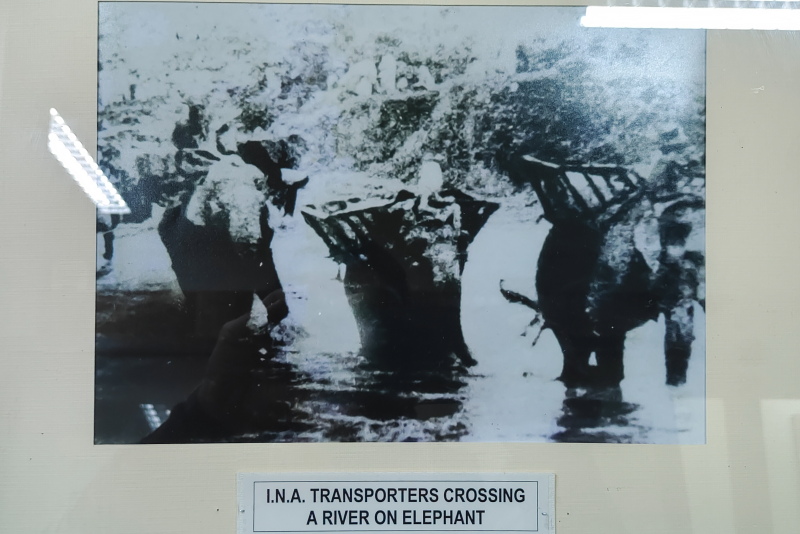
The INA Headquarters in Moirang
The INA headquarters building that is still there, once a residential property of H Nilmani Sing, bears the brunt of machine gun tides and bomb splinters. The marks are still there on the main door and roof. The headquarter looks like a traditional Manipuri hut. Thick GI sheets and mud ceilings roof the house. It was flanked by two granary houses and a barrack of Hikari Kikan (the liaison army) on the left side. The building is 21x11x10 ft in dimensions. It consists of seven parts and has rooms for the family deity, grain and other storage houses, a kitchen, and separate rooms for all family members. This building had a strategic location – half a kilometre connecting to the old Tiddim road that stretched between Tiddim (now in Myanmar) and Imphal through dense forest.
“Forget not that the grossest crime is to compromise with injustice and wrong. Remember the eternal law: You must give, if you want to get.”
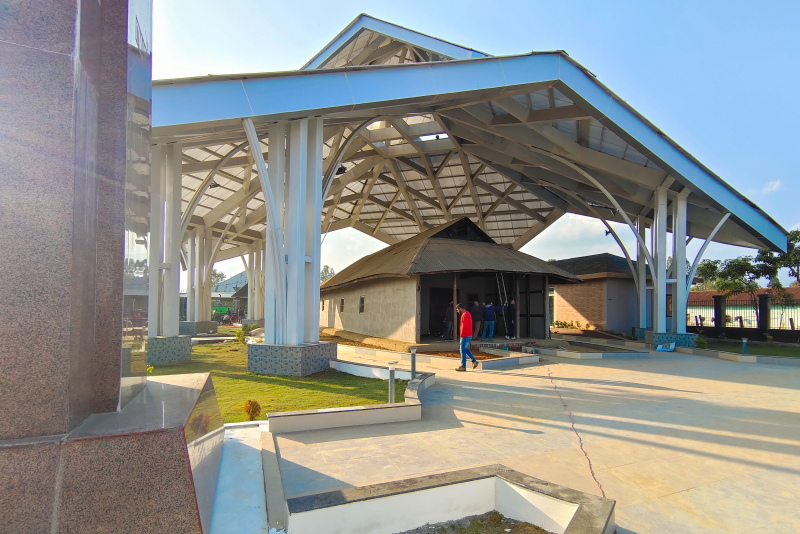
How to reach Moirang
Moirang is 45 kilometres from Imphal, the state capital of Manipur. It takes around 1 hour from Imphal to reach Moirang by car. The famous Loktak Lake is 10 kilometres away from Moirang.
Imphal is well connected to Kolkata, Guwahati and other north-east Indian cities by direct flights. The nearest rail station to Imphal is Dimapur in Nagaland, which is a six-hour drive from Imphal and goes via Kohima.

Where to stay in Moirang
The best place to stay in Moirang is Sendra Park Resort near Loktak Lake. It is situated on a hillock with an astonishing view of a large part of the lake.
There are a few basic homestays beside Loktak Lake, including the Aquamarine Homestay, located on a Phumdi inside Loktak Lake. Staying in Aquamarine Homestay could be an experience in itself.
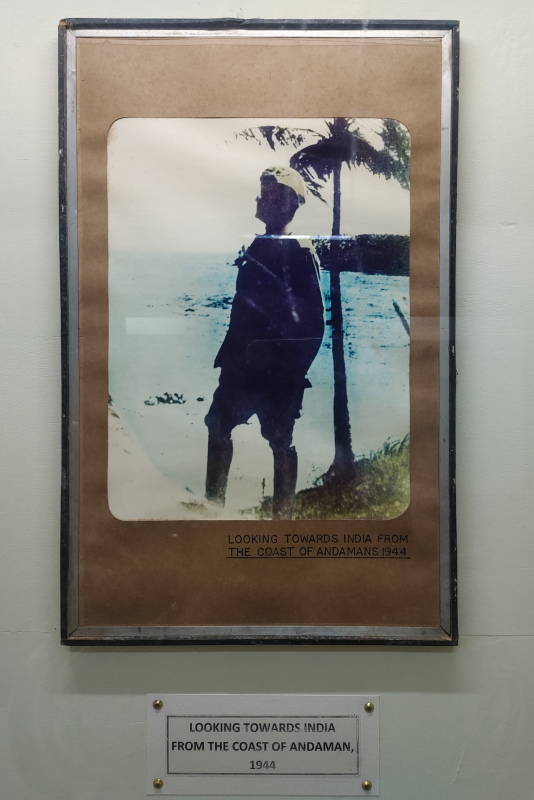
Few important notes
- Visiting Manipur needs an inner line permit that you can apply for online or get from Manipur House in Kolkata, Guwahati and Imphal.
- You can get shared transport to Moirang from Imphal.
- Imphal Peace Museum comes on the road to Moirang and can be visited if you are going by a rented vehicle.
- Loktak Lake and the Keibul Lamjao National Park are two other attractions you should not miss during your visit to Moirang.
“One individual may die for an idea, but that idea will, after his death, incarnate itself in a thousand lives.”
Netaji Subhash Chandra Bose

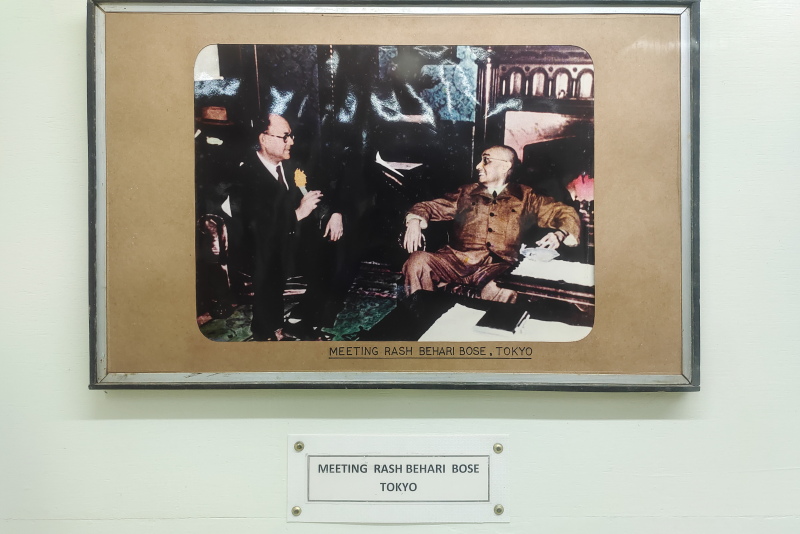

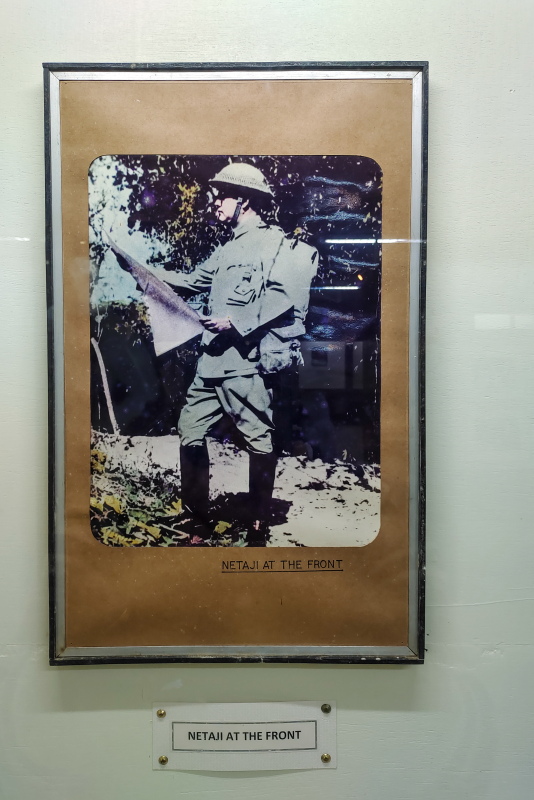
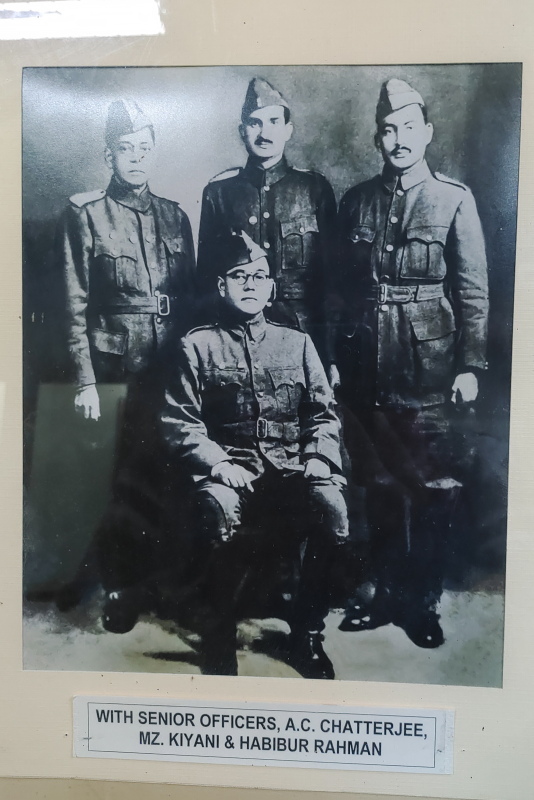

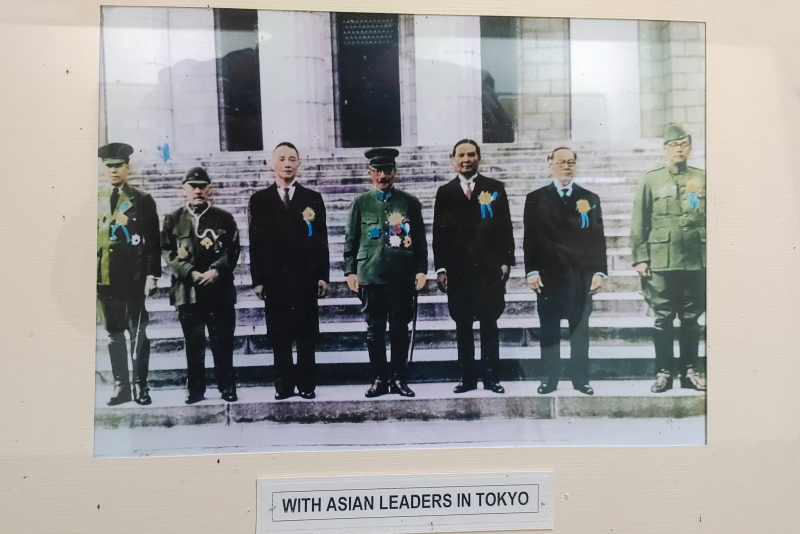
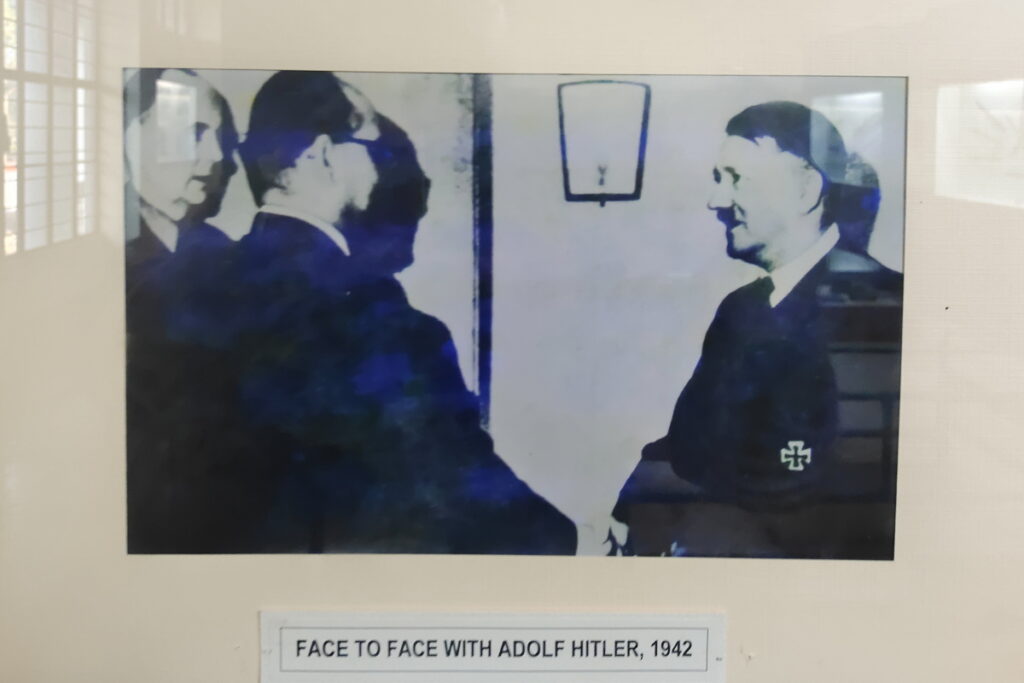
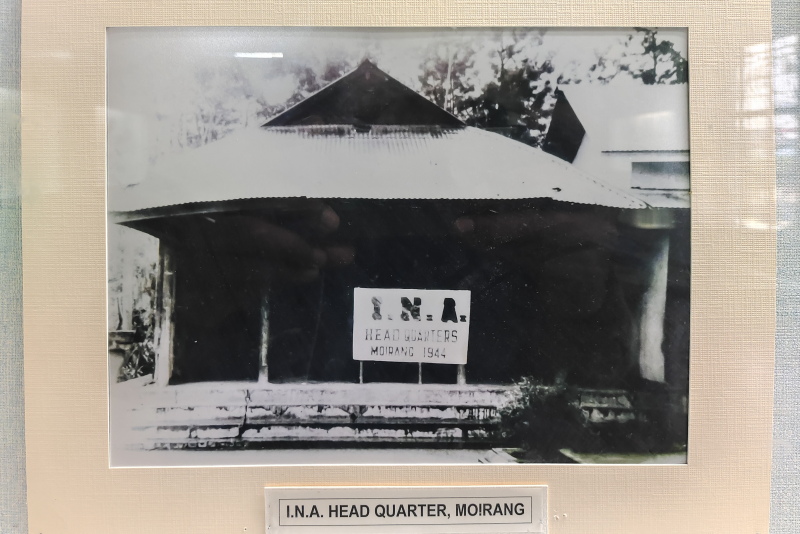

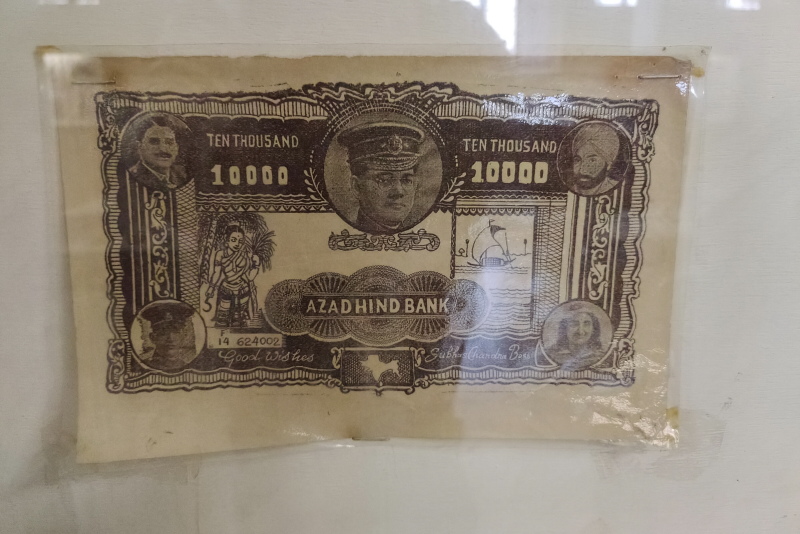
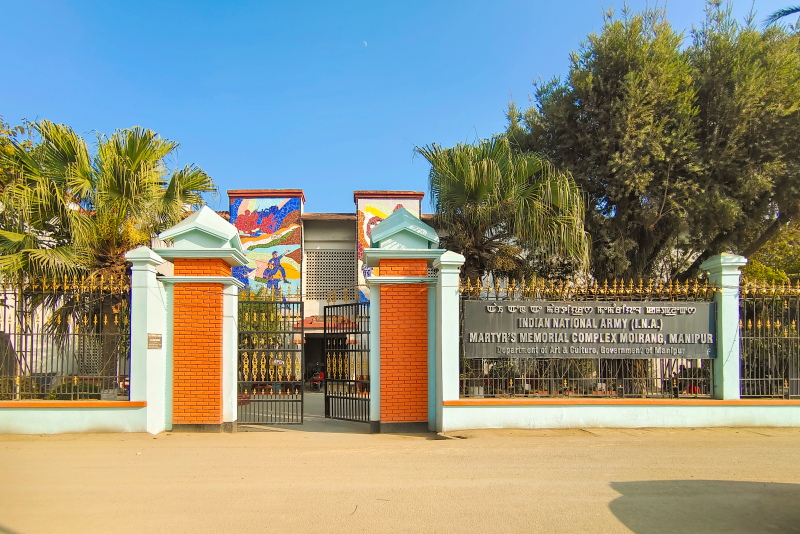
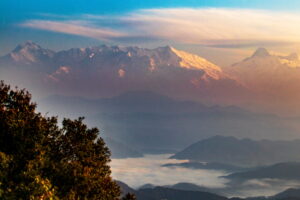

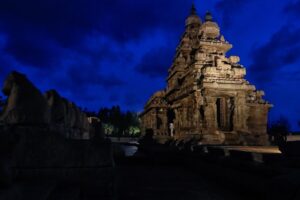
Pingback: Loktak Lake | An Ecological Marvel in Manipur, India - My Travel Frames